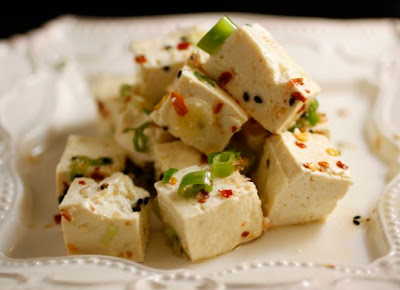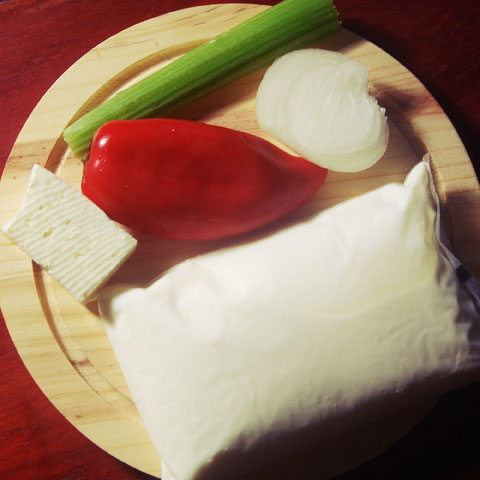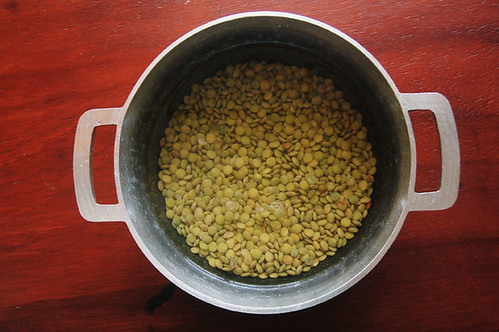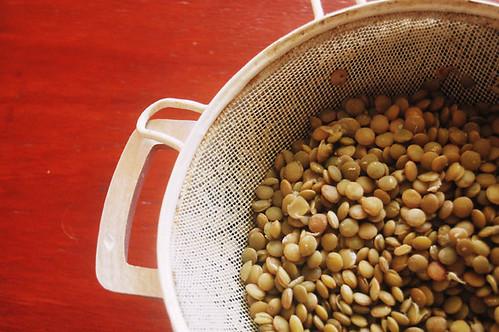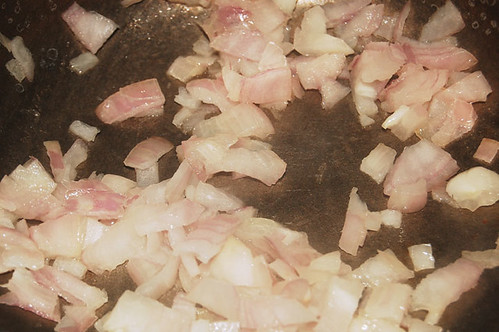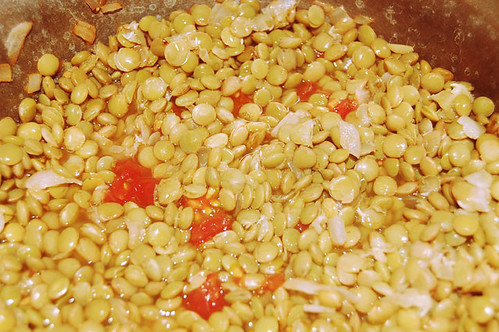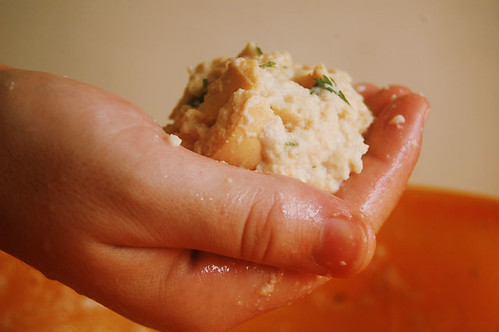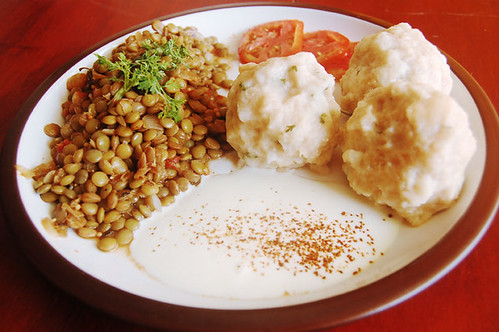
Similar to the
pacro water, I had another wonderful discussion with another
facebook group member about ice creams and gelatos. One thing he asked was if there anything such a soursop sorbet and that had me thinking for a while. Is there anything called a soursop sorbet? Indeed after much research I discovered that there was such a thing called a soursop sorbet.
So what's a sorbet? Well, for starters, a sorbet is not an ice cream and it usually consists of pureed fruit and/ or fruit juice with sugar and lime or lemon juice added that's frozen or placed in an ice cream maker.
The difference between the two lies in the function of the food and their ingredients. Ice creams are meant to be eaten as a dessert while sorbets are used as palate cleansers between courses or before a main course, hence the intense sweetness sorbets possess. And of course from the ingredients you would notice the other difference: there is the absence of milk.
I believe the serving size of both ice creams and sorbets are also different. Ice creams can be served in larger amounts, but since the sorbet is sweeter only a small amount can be eaten...Then too, if sorbets are served between courses you don't want to fill up on too much anyhow: You have to leave space for dessert :-D. See more about sorbets
here.
Sorbets also serve as a healthy alternative to ice cream. Vegetarians (vegans in particular) can enjoy this tasty treat since there isn't any animal products in the ingredients...Who says that vegans can't enjoy themselves too! So, all in all, it's basically simple to make, and a great sweet treat, just like the
snow cone, on a hot day like today ( we have had more than 31 days of no rain here in Trinidad). Enjoy my simple soursop sorbet, trini style.
SOURSOP SORBET
2 cups
soursop pulp
, Seeded, pureed and sieved ( I will show the process)
2 tbsp lime juice ( lemon juice could be used also)
3/4 cup sugar




Peel and separate the seed from the pulp.



Blend with 1 cup of water and place the pulp in a fine strainer or sieve.
Note: Use the back of a pot spoon to press the pulp. This is very labour intensive but worth it!

The finished pulp ready to use.

Add the lime juice...

and sugar.

Blend until the sugar dissolves.

Place in a metal baking pan and cover with foil. Freeze until firm (about 3 hours).
Note: Alternatively, you can freeze in an ice cream maker according to manufacturer's instructions.

Let the sorbet soften at room temperature before serving.
Note: For those of you who don't have an ice cream maker, like me, here's what to do. Freeze until firm (about 3 hours) then take a fork and mash the sorbet, then freeze until firm again before serving.
We added evaporated milk to some, froze it and it tasted like ice cream. You can also experiment by adding rum, grated ginger or another pureed fruit or fruit juice. I can definitely see myself trying some of these variations later on!
More
trini recipes to come. Ah gone! :-)
.

















